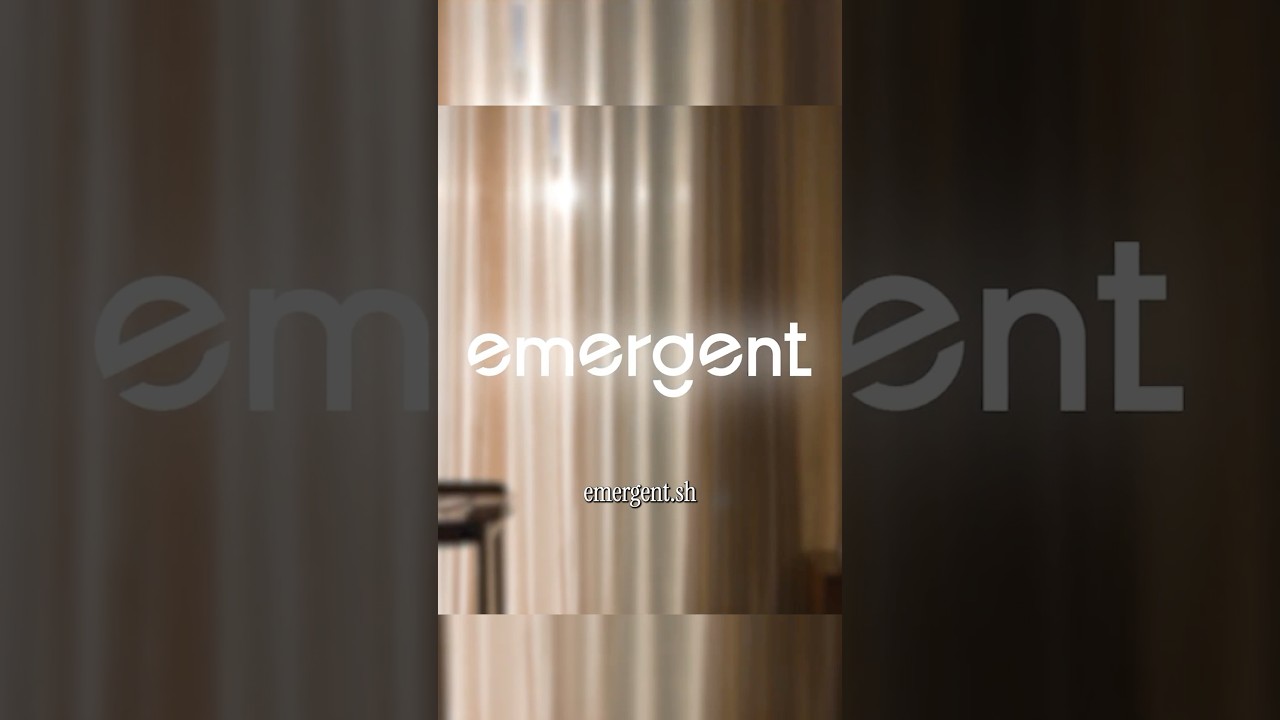Introduction to Canva, Adobe Express, and Figma
In today’s digital age, creating stunning visuals has never been easier. Whether you’re a business owner, social media manager, or just someone looking to spice up your personal projects, design tools are essential for bringing your ideas to life. Among the most popular options are Canva, Adobe Express, and Figma. Each of these platforms boasts unique features tailored for different users’ needs.
But which tool reigns supreme when it comes to accessibility and ease of use for non-designers? You don’t need a degree in graphic design to create appealing graphics; you just need the right software by your side. Let’s dive into what each of these platforms offers and find out which one is truly best suited for those without extensive design experience.
Features and Benefits of Each Design Tool
Canva shines with its extensive library of templates, making design accessible to everyone. Users can create stunning graphics in minutes without needing prior experience. The drag-and-drop interface simplifies the process, allowing for quick adjustments and endless creativity.
Adobe Express offers robust features tailored for those seeking professional quality. With powerful editing tools and integration with Adobe’s ecosystem, it caters well to users familiar with Adobe products. Its versatility makes it suitable for social media posts, flyers, and more.
Figma stands out in collaborative design environments. Real-time feedback and cloud-based functionality make teamwork seamless across different locations. It is ideal for projects requiring constant input from multiple stakeholders.
Each tool has unique benefits that cater to different needs while ensuring accessibility for non-designers looking to bring their ideas to life effortlessly.
User-Friendliness and Learning Curve Comparison
When choosing a design tool, user-friendliness is crucial. Canva shines in this area with its intuitive drag-and-drop interface. Non-designers can easily navigate through templates and elements without feeling overwhelmed.
Adobe Express offers a streamlined experience as well, but it may have a slightly steeper learning curve due to its more advanced features. Users new to graphic design might find some options less intuitive at first glance.
Figma caters more towards collaborative efforts than individual use, which can complicate the onboarding process for those unfamiliar with design software. Its extensive capabilities are fantastic for teams but might deter solo users seeking simplicity.
While all three tools offer accessibility, Canva typically leads in ease of use for non-designers. Each platform has unique strengths that appeal differently based on user needs and prior experience levels.
Design Options and Customization
When it comes to design options and customization, each tool has its own flair. Canva shines with an extensive library of templates, making it easy for non-designers to jump right in. Users can personalize colors, fonts, and images effortlessly.
Adobe Express also offers a solid range of templates but leans into more professional designs. Its integration with Adobe’s ecosystem allows users to pull from creative assets seamlessly.
Figma stands out for its adaptability in creating unique user interfaces. While it may not have as many pre-made templates, the level of detail you can achieve is remarkable.
Customization varies greatly across these platforms. Canva is primarily template-based; Adobe Express combines this with advanced editing features; Figma caters to those seeking precision and innovative layouts. Each option provides ample room for creativity tailored to different needs and preferences.
Collaboration and Teamwork Capabilities
Collaboration is essential in any design process, especially for non-designers working on projects with multiple contributors. Each of the three tools offers unique features that cater to teamwork.
Canva shines with its user-friendly interface, enabling teams to create designs simultaneously. With options like comments and real-time editing, feedback flows seamlessly between team members.
Adobe Express takes collaboration a step further by integrating well with other Adobe products. This allows users to share assets easily across different platforms while maintaining brand consistency.
Figma stands out in collaborative functionality through its focus on UI/UX design. It enables live co-editing and facilitates discussions directly within the design files, making it ideal for teams needing constant communication.
Choosing the right tool depends heavily on your team’s needs and existing workflows. Each option has strengths tailored to varying collaboration styles.
Pricing Comparison
When examining the pricing of design tools, each platform presents unique options to cater to different needs.
Canva offers a free tier that provides access to numerous templates and features. For more advanced functionalities, users can opt for Canva Pro. This subscription enhances your experience with additional assets and team collaboration features at an affordable monthly rate.
Adobe Express operates on a dual model as well. There’s a free version with basic capabilities, but upgrading unlocks premium content and specialized tools tailored for professional use. The cost is competitive within the market, appealing especially to those familiar with Adobe’s ecosystem.
Figma takes a slightly different route by offering its core product freely for individuals or small teams. However, larger organizations seeking advanced collaboration features may find themselves subscribing to paid plans that scale based on user count—making it flexible yet potentially pricey depending on requirements.
Understanding these structures helps non-designers choose wisely based on budget constraints and project needs.
Final Verdict: Which Design Tool is Best for Non-Designers?
When it comes to choosing the right design tool for non-designers, each option has its own strengths and weaknesses. Canva stands out for its intuitive interface and vast template library, making it an excellent choice for those looking to create stunning visuals quickly. It is particularly accessible for beginners who want to produce professional-looking designs without extensive training.
Adobe Express offers advanced features that appeal to users seeking more than just basic functionality. Its integration with other Adobe products can be a major plus if you’re already in the Adobe ecosystem. However, some may find it slightly less user-friendly than Canva.
Figma shines when it comes to collaboration and teamwork capabilities. It’s perfect for projects where real-time feedback is essential. But as a design tool, its learning curve can be steeper compared to the others, which might deter casual users.
Pricing also plays a key role in this decision-making process. While Canva provides ample free resources along with premium options, Adobe Express offers tiered pricing based on additional features. Figma’s subscription model appeals more towards teams needing collaborative tools but could be overkill for individual users.
The best choice hinges on your specific needs and preferences as a non-designer—whether you prioritize ease of use or advanced features will guide your selection between these three powerful design platforms.




